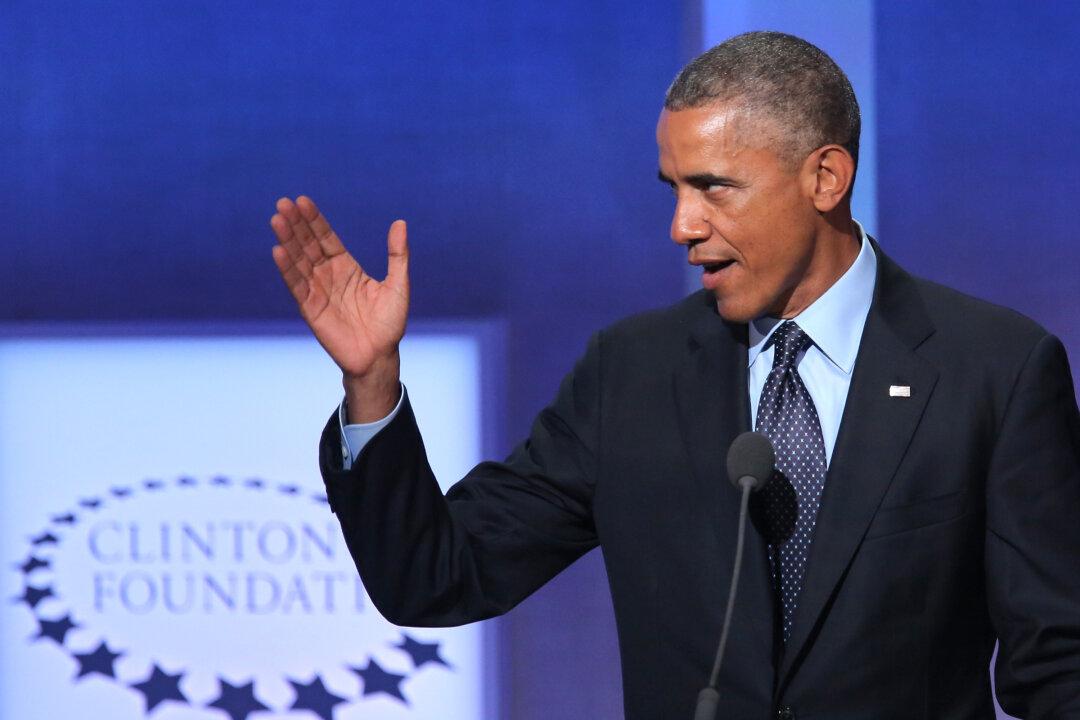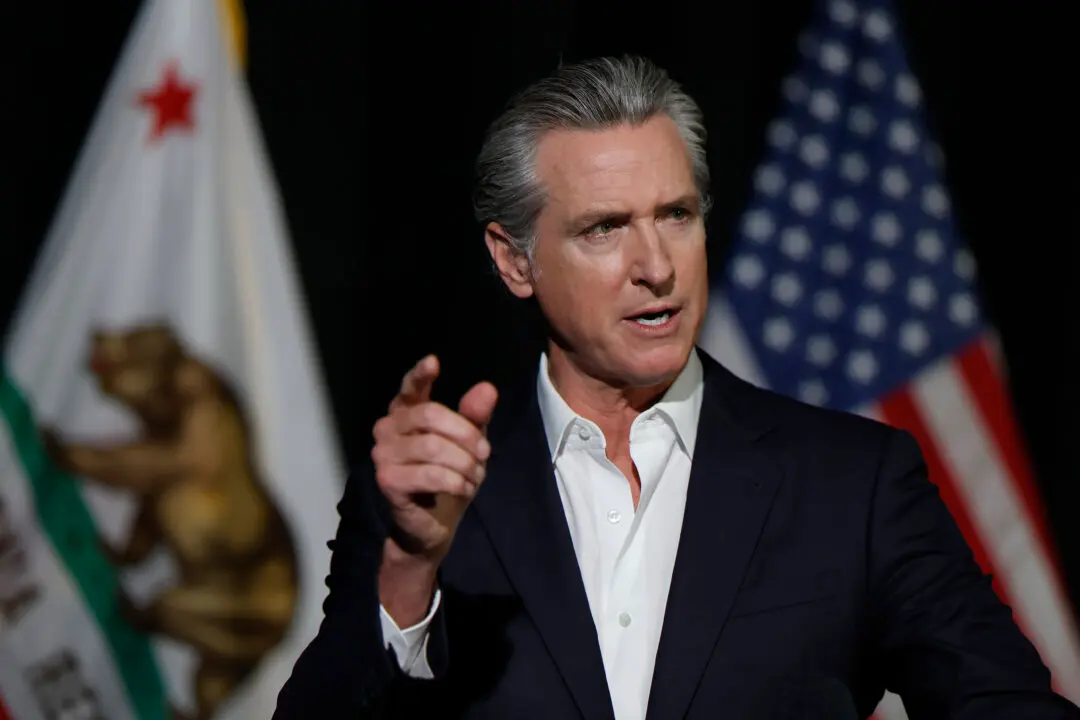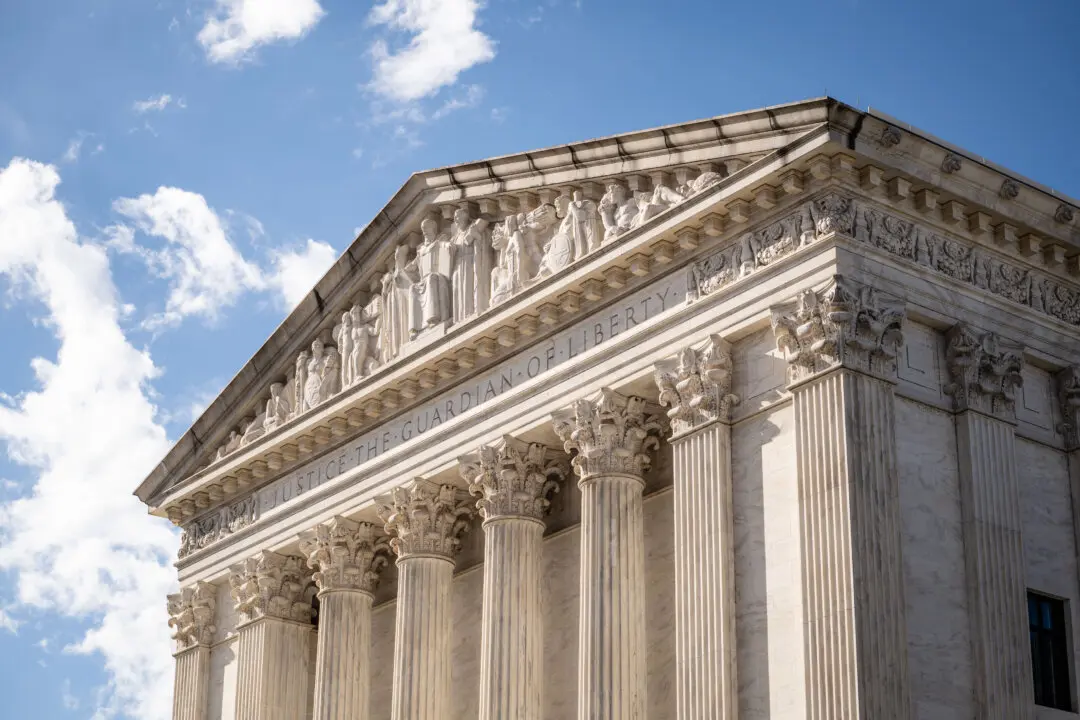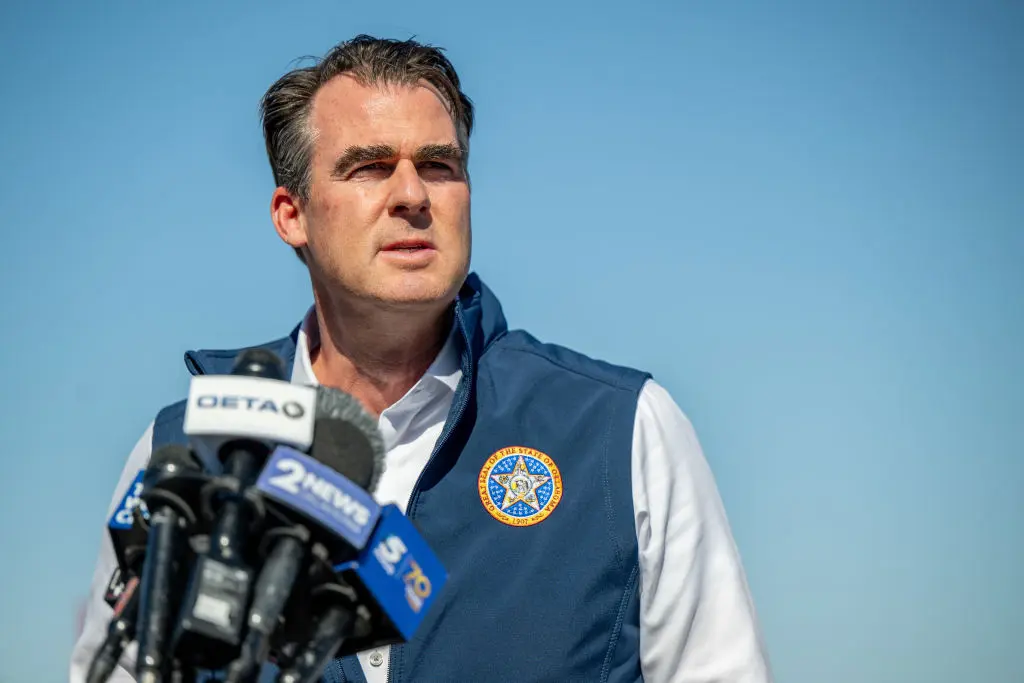Former President Obama’s policy of collaborating with the Egypt-based terrorist organization known as the Muslim Brotherhood appears to have helped the notorious group infiltrate Bill and Hillary Clinton’s long-embattled public charity.
One apparent beneficiary of that policy was Gehad el-Haddad, a Muslim Brotherhood operative who worked at the Clinton Foundation in Egypt for five years. After the regime he was part of was overthrown, the Islamic terrorist leader received a life sentence in Egypt for sedition.




